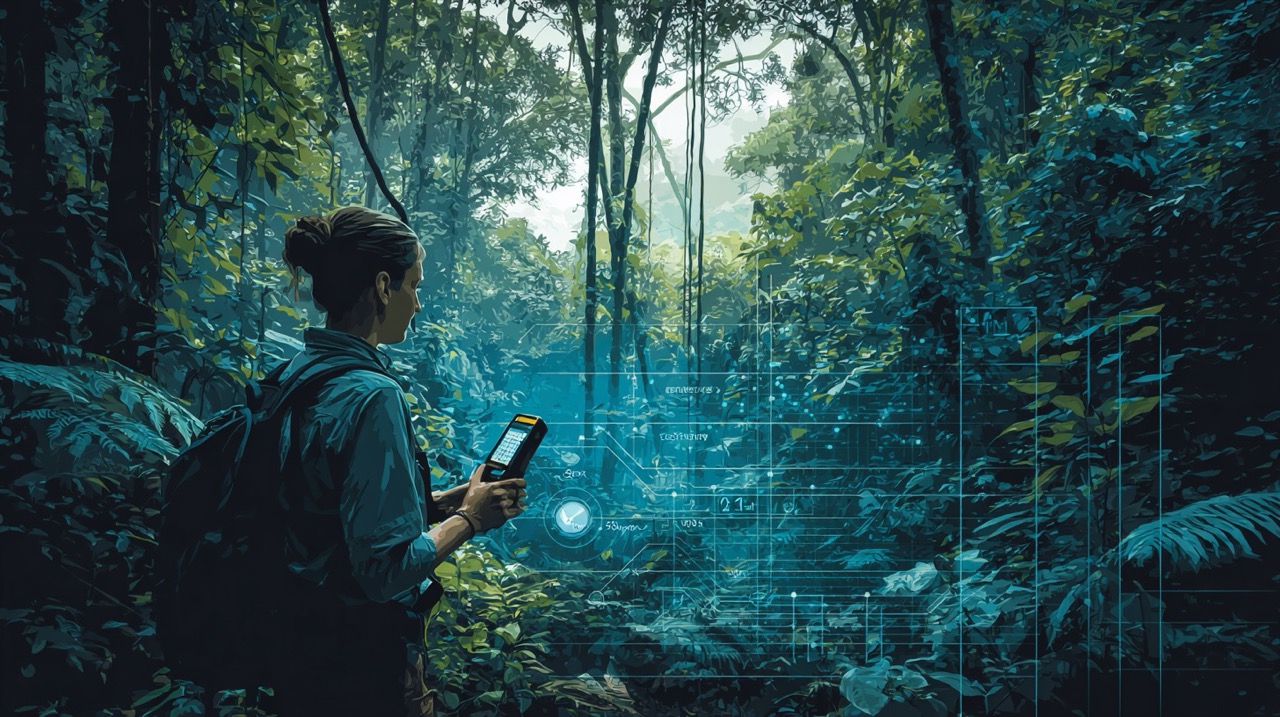R&D teams have spent decades pushing lighter, tougher plastics. Now we’re left cleaning up the side effects. Microplastics under 5 mm and nanoplastics under 1 µm have made their way into soils, oceans, snowfields, and even our lungs. Fixing this mess will take real technical firepower, starting in the lab.
Since the 1950s, throwaway plastics have piled up in landfills, waterways, and eventually, geology itself. They now form new sediment layers, marking a distinct era: the Plasticene. That’s not poetic but it is stratigraphic. We designed polymers to last forever. Now we have to teach them how to disappear.
Microplastics span a wide size range. Resin pellets and tire dust are visible; nanoplastics are not. These ultrafine particles pass through water filters, drift in wind currents, and cross cell membranes. If your team is working on detection or filtration, these scales are non-trivial.
Roughly a third of marine microplastics are “primary” fibers, fragments, and beads released directly. The rest are “secondary,” the weathered leftovers of broken packaging, paints, and textiles. That split matters. It tells us where to intervene. Better polymer blends, stronger UV stabilizers, less abrasive tires, and it all counts.
It’s not just about clutter. These particles affect biology. Aquatic species mistake them for food, which gums up their digestion and reproduction. For us, the average person consumes around 120,000 particles a year and breathes in even more indoors. And the particles don’t arrive empty-handed.
Most carry chemical passengers. These include additives like flame retardants and plasticizers, along with anything they pick up in the environment: heavy metals, PCBs, PFAS. Once ingested or inhaled, the particles can move through tissues and carry those chemicals into organs, including the brain.
We can’t solve what we can’t see. Today’s best detection tools like micro-FTIR, Raman spectroscopy, Py-GC/MS, each have blind spots. They miss the smallest sizes, destroy the samples, or move too slowly to be practical at scale. R&D teams working in instrumentation are pushing hard on this. Faster AI-driven classifiers, portable spectrometers, nanosensors - all of it helps.
Beyond detecting microplastics once they've already leached into the environment, we need to understand the raw materials they came from. Manufacturing plastic isn't as simple as choosing a polymer and getting the properties you want - materials chemists carefully select additives that impart critical properties for their use case. The catch is that these additives are often known to be hazardous to human health, and microplastics can facilitate their distribution into the environment. Clear standardized additive labeling would let chemists and toxicologists model environmental exposure scenarios in a few clicks. If you know exactly what went into a polymer, you can predict which chemicals hitch a ride in our waste streams and where they might end up.
Microplastics are a design problem waiting for an answer.
They’re a material design challenge, and the best R&D teams are already on it.
We’re looking for the teams who want to tackle that kind of challenge head-on and do the most meaningful work of their career.
👉 Submit the topic you’re working
We’ll show you how Findest helps R&D teams solve problems faster and with better approaches.




